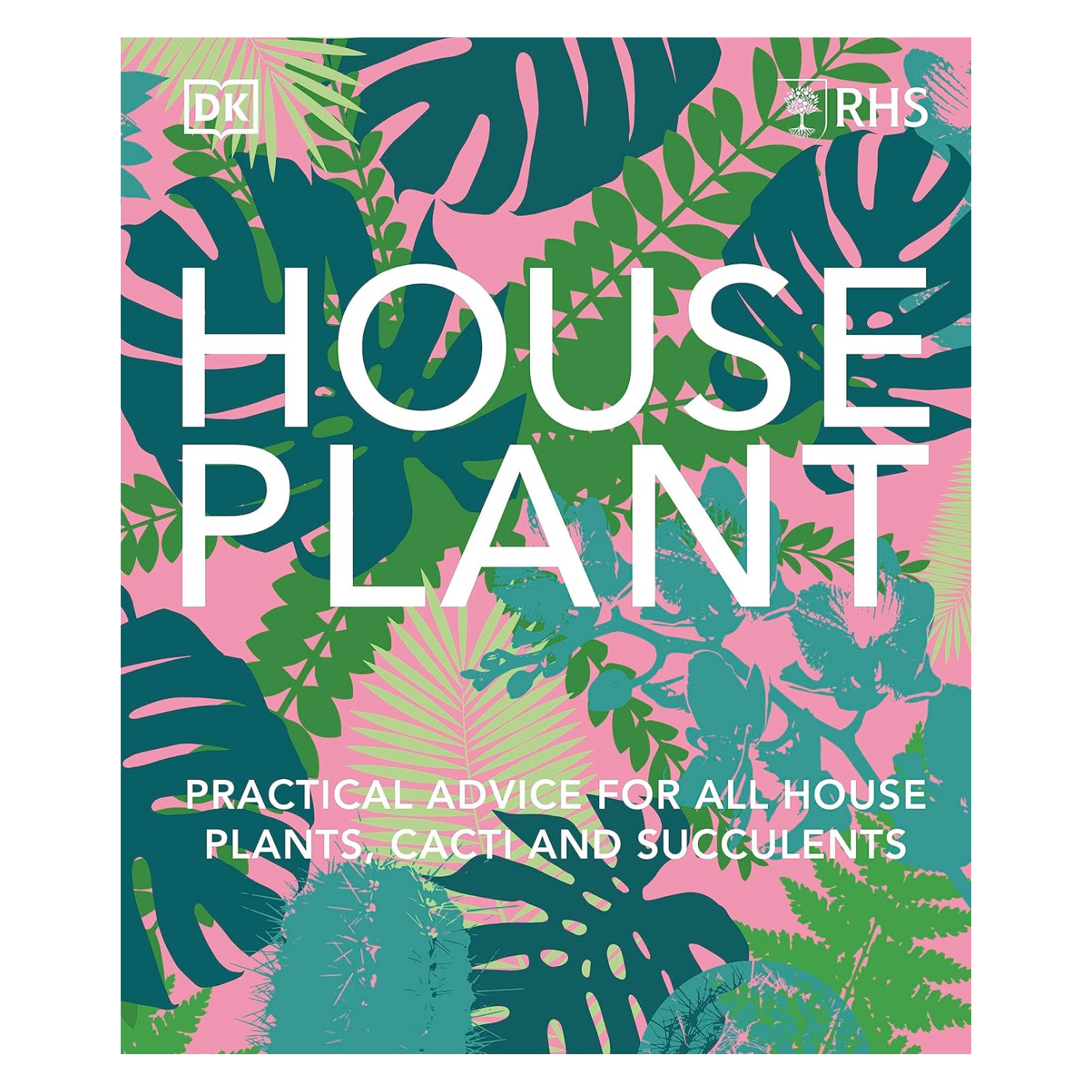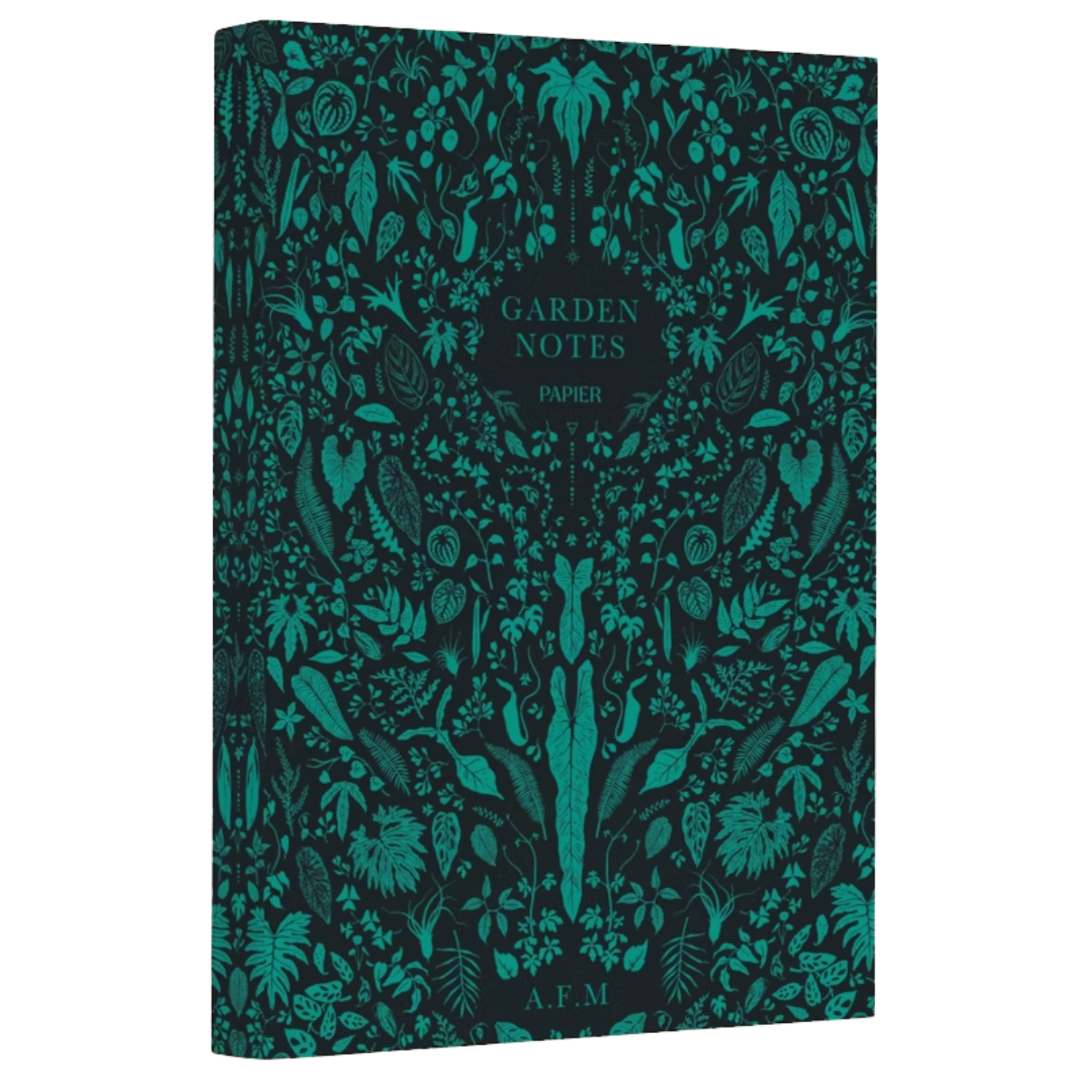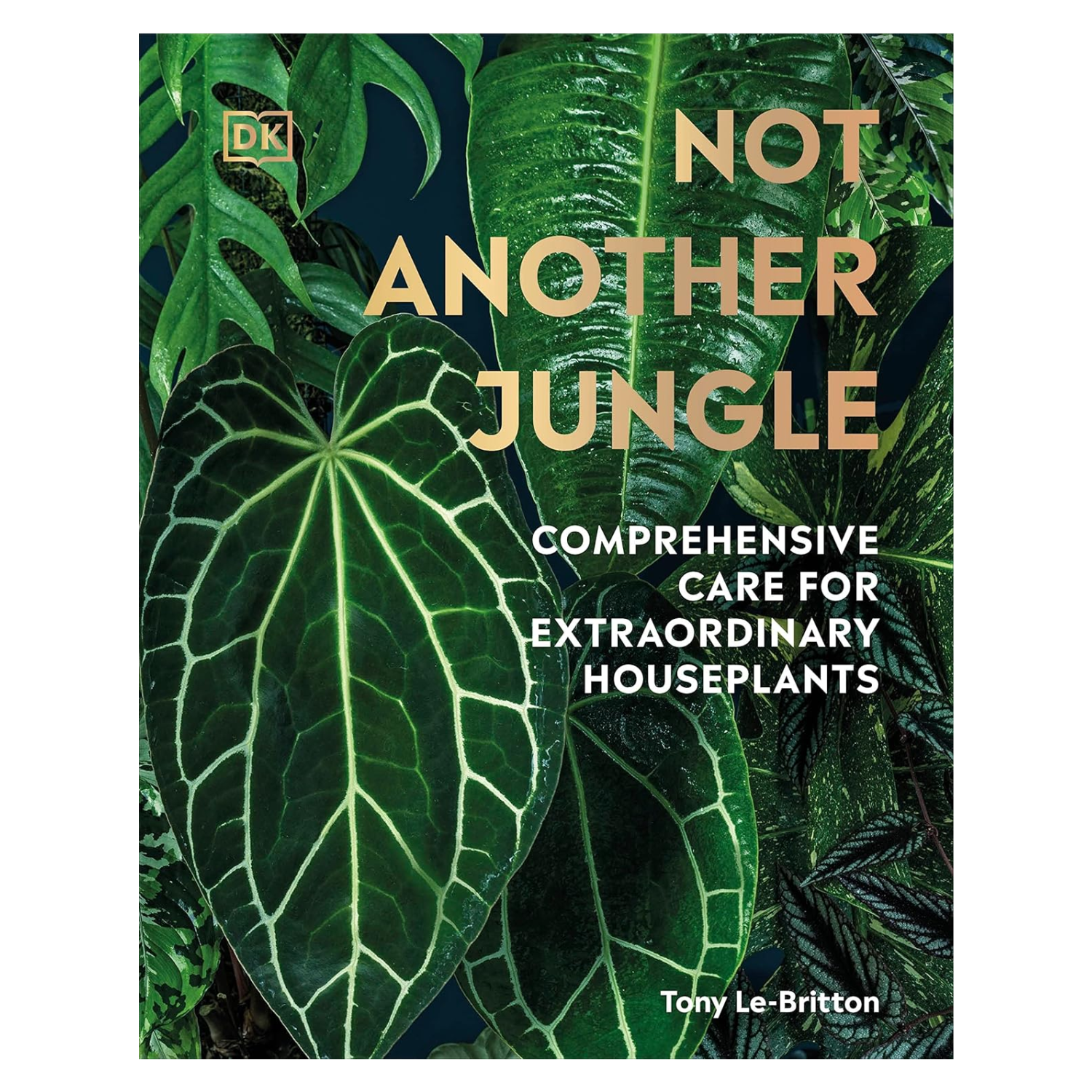"I'm a Houseplant Expert — Here's How I Stay On Top of My Plant Care Schedule to Keep Them Looking Healthy"
If you can't seem to get a handle on your growing indoor garden, here's what you need to do
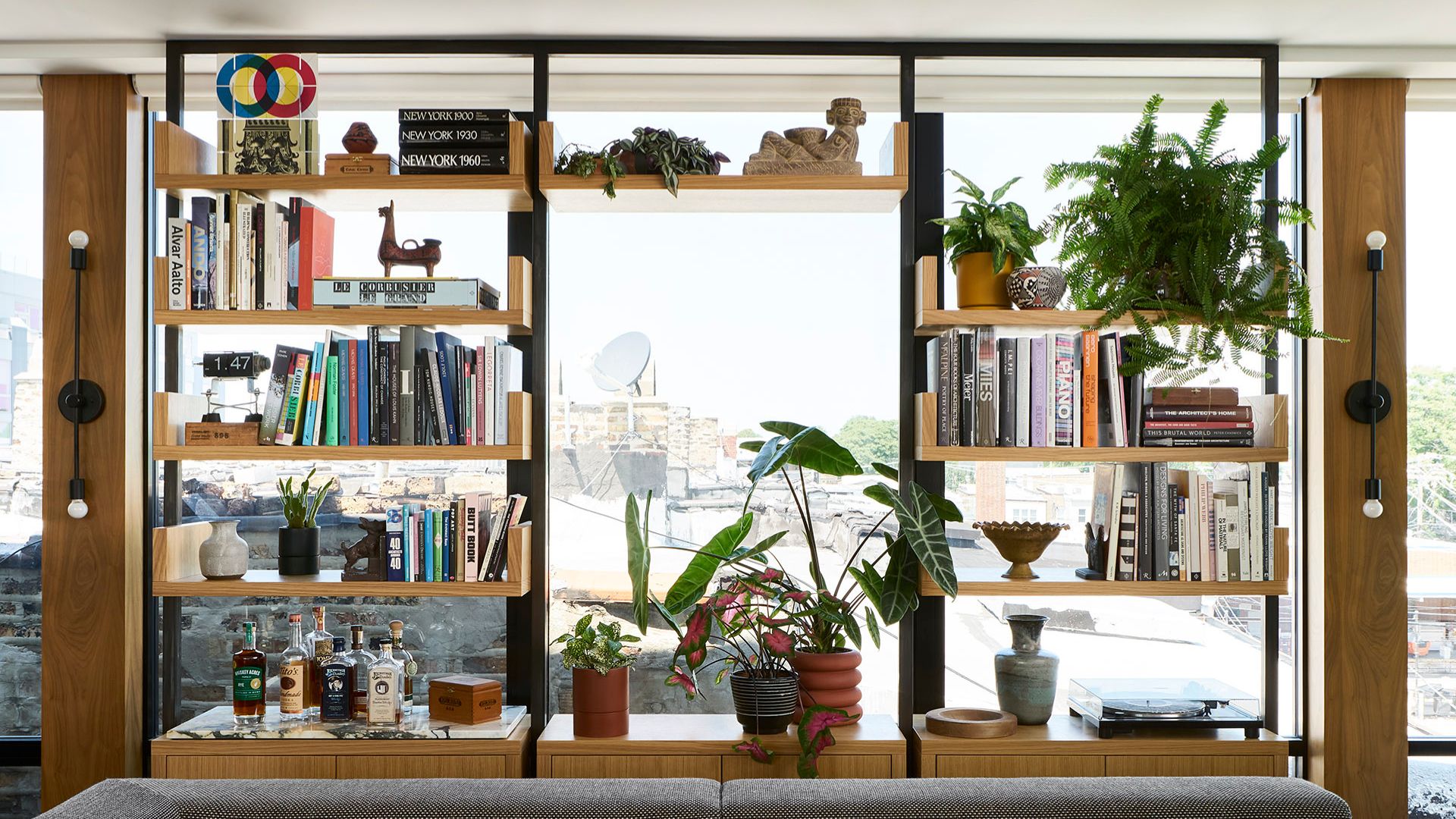

The thing about houseplants is, once you've started a love affair with them, it's hard to stop. One day, it's one sweet sapling you adopted from your local nursery, and the next thing you know every single room in your home is dotted with a grove of houseplants.
If you can relate on any level and have a collection that spans from the most popular houseplants to unique varieties that stand out in your indoor jungle, you may be left wondering how to keep track of them all.
Well, we've got your back! The last thing we'd want is for the beautiful living decor in your home to wilt, so we reached out to Jo Lambell, founder of Beards & Daisies and long-time houseplant collector. With over 20 plants under her watchful eye in her apartment, she knows what it takes to keep on top of care schedules and is happy to share her secrets to a flourishing interior garden.
1. Mark Your Calendar
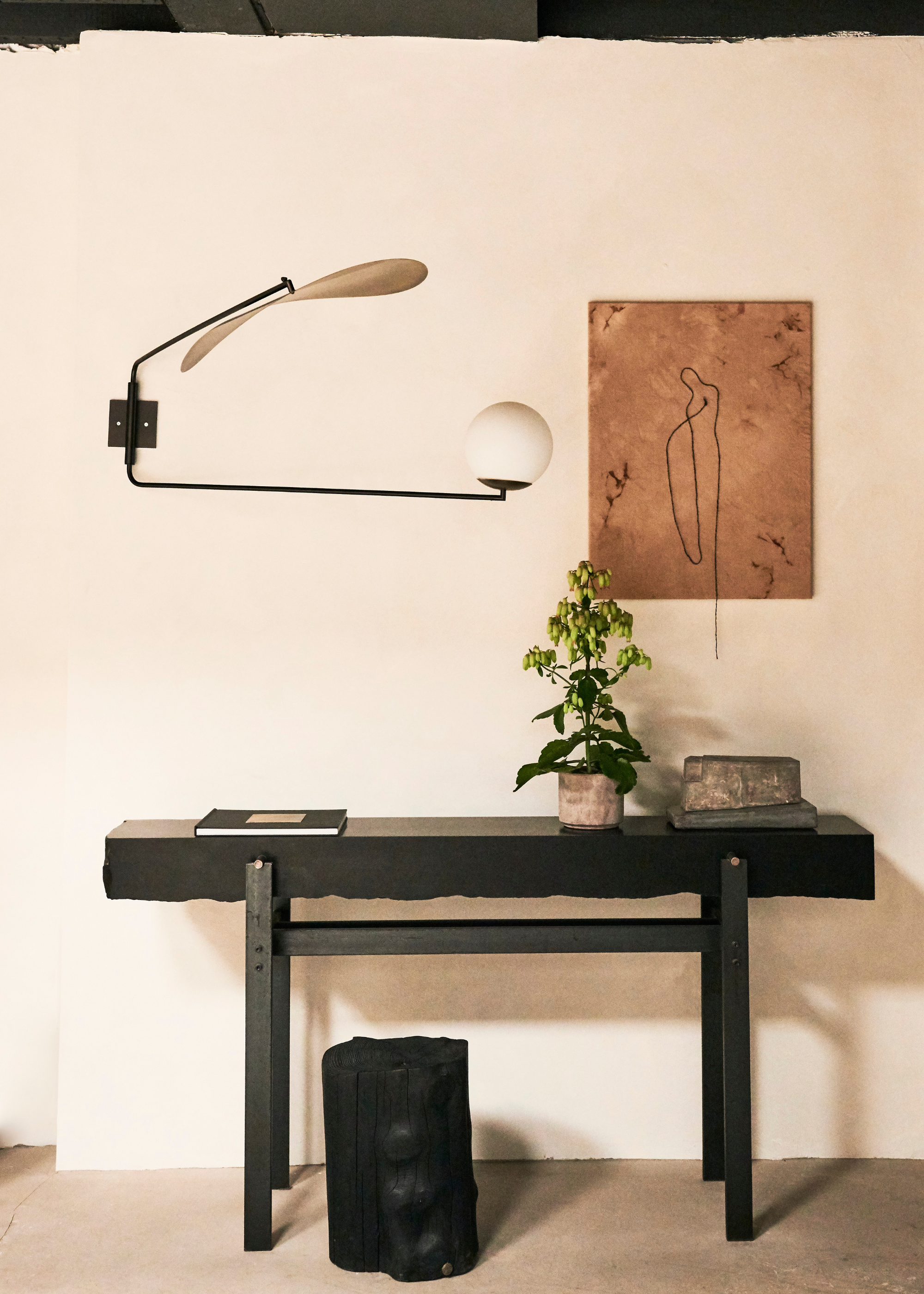
We set reminders for a myriad of chores, so why not loop houseplant care in too?
Jo's top tip for managing houseplant care like a pro is tiny but mighty. But when it comes down to keeping your potted plants happy and hydrated, you can trust that it makes a world of difference.
"I recommend creating a simple calendar reminder for houseplant watering days," she says. "Personally, I've found Sunday mornings work best for a weekly check-in with my green friends."
Treat this task like you would a reminder at work and slot out a regular reminder on your phone or on a physical calendar to keep you from forgetting to water your houseplants.

Jo, the founder of Beards & Daisies and author of The Unkillables, discovered her passion for houseplants in 2001 after transporting a 6ft Monstera home on public transport. "I realized there had to be a better way to get plants delivered," This sparked the idea for a business that makes plant delivery more accessible. As Beards & Daisies approaches its 10th anniversary, it offers a carefully curated selection of indoor plants, from prayer-plants to palm trees. Jo and her Plant Folk team are all about spreading plant love and sharing expert tips with both budding and seasoned plant enthusiasts. And with their 100% recyclable or compostable packaging, they’re keeping things green in more ways than one.
2. Clique by Needs

Forming little houseplant cliques isn't high school, it's just smart.
When decorating with plants, chances are that you'll likely go off of aesthetics alone. However, Jo tells us that grouping plants with similar needs together is a smarter move in the long term.
The Livingetc newsletters are your inside source for what’s shaping interiors now - and what’s next. Discover trend forecasts, smart style ideas, and curated shopping inspiration that brings design to life. Subscribe today and stay ahead of the curve.
"I keep my moisture-loving ferns and calatheas in one area, while my drought-tolerant succulents hang out in another spot," she shares. "This makes keeping on top of care routines so much easier."
So if your houseplants have been cliqued in willy-nilly, now's your chance to get your low-maintenance houseplants together, while circling your high-maintenance houseplants in another spot. This will make watering, feeding, and general check-ins easy to undertake.
3. Pen a Plant Journal
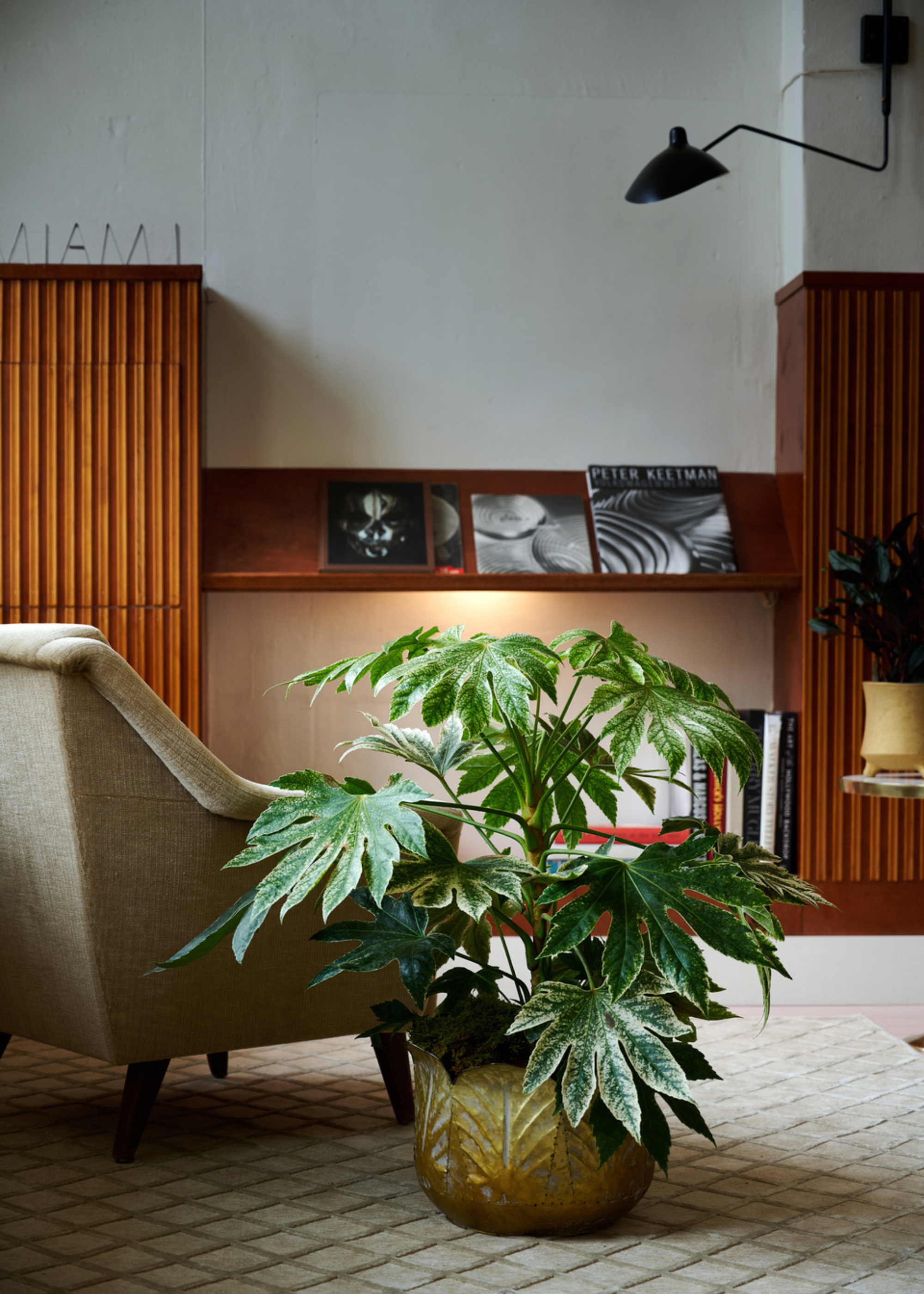
We're always looking for a reason to buy stylish stationery so the need for a plant journal came right in time.
According to Jo, something that has helped her manage her burgeoning collection of houseplants is her plant journal. Yes — that's right, your plants deserve a journal of their own.
"Keep a small notebook or use your phone to track when you last fertilized or repotted each plant," she says. "Trust me, it's easy to forget these details after a few months."
Not only will developing a plant journal help you keep track of your indoor garden, but it will also improve your skills and foster a deeper connection to your houseplants.
4. Check Them Out
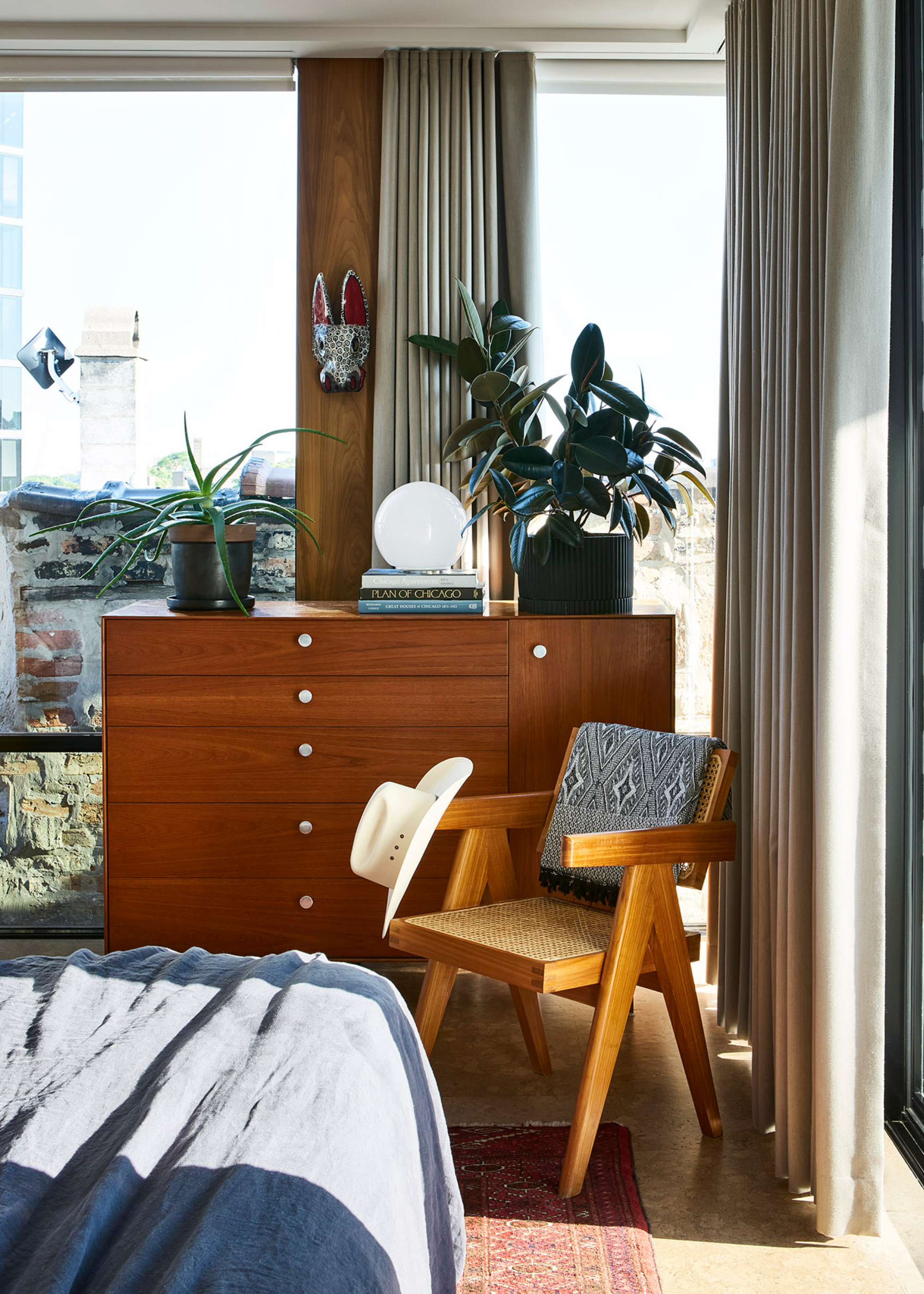
If you're not pronouncing your morning manifestations while spending time with your houseplants, you're missing out.
The most reliable way to make a habit out of checking in on your plants is to ease yourself into it. And Jo tells us that there's no harm in casually glancing their way whenever you happen to be in the vicinity.
"Do a quick visual check of your plants when you're having your morning coffee," she suggests. "I notice early signs of problems this way, like yellowing leaves or dryness."
This is a brilliant gardening resolution to imbibe. So the next time you're brewing your morning cuppa, take a stroll through your home and treat your houseplants to a friendly check-in. That way, if you spot a drooping fiddle leaf fig or a yellowing monstera, you'll have plenty of time to reverse the problem.
5. Mindfully Monitor Seasons
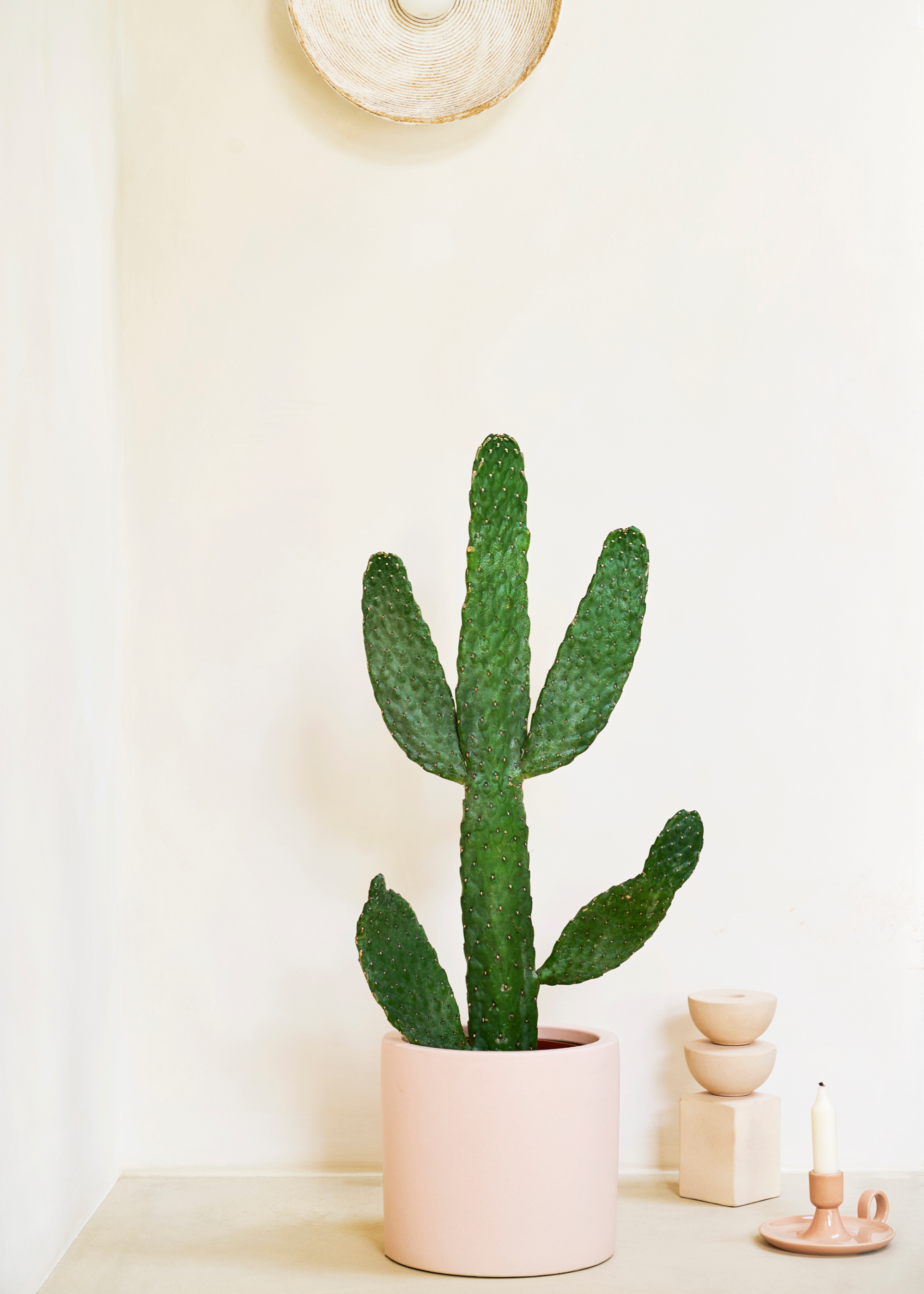
Whether the leaves outside are shining, browning, or falling matters just as much to the leaves indoors.
"Lastly, it's important to consider the seasons," says Jo. "Most plants need less water and no fertilizer during the winter months. So I end up adjusting my care routine accordingly."
If you're a beginner apartment gardener, we recommend heeding Jo's advice and switching up your schedule as the seasons pass. Especially during extreme months like summer and winter, the needs of your houseplants will change and with it your schedule.
And when it comes to learning how not to kill your houseplant, adapting is key.
FAQs
Should I Put Pebbles on Top of Soil on Indoor Plants?
Jo points out that while pebble-topped soil can look lovely it isn't always the best choice. "They can prevent soil from splashing during watering, but they make it harder to check soil moisture levels," she notes. "I prefer leaving the soil exposed so I can easily check if my plant is doing okay."
What Is the Best Thing to Put at the Bottom of Pots for Good Drainage?
"For drainage, I've had great success using materials like terracotta pot shards, coarse perlite and gravel at the bottom of pots," says Jo. "The key is using something chunky that won't decompose and will allow excess water to flow through."
From schefflera, cowboy cactus, and spider plants to hoya, calathea rufibarba, and ficus ginseng, Jo has an impressive collection of houseplants under her care. Lucky for us, her potted jungle has allowed her to truly hone the art of houseplant care.
So if you have some plants on your wishlist that you've hesitated to bring home for fear of losing control of care schedules, you can now put your worries to rest and add to your collection with confidence.
It might not be simple work but the extra effort shows up in striking green stems and beautiful, dainty florets. And if you ask us, that's reward enough.

Amiya is a Home Wellness Writer at Livingetc. She recently graduated with a Masters Degree in Magazine Journalism from City, University of London, and has lent her words to beauty, fashion, and health sections of lifestyle publications including Harper’s Bazaar and Women’s Health. Her experience as a research analyst has equipped her with an eye for emerging trends. When she’s off the clock, she can be found reading, listening to music, or overanalyzing her latest Co-Star update.
